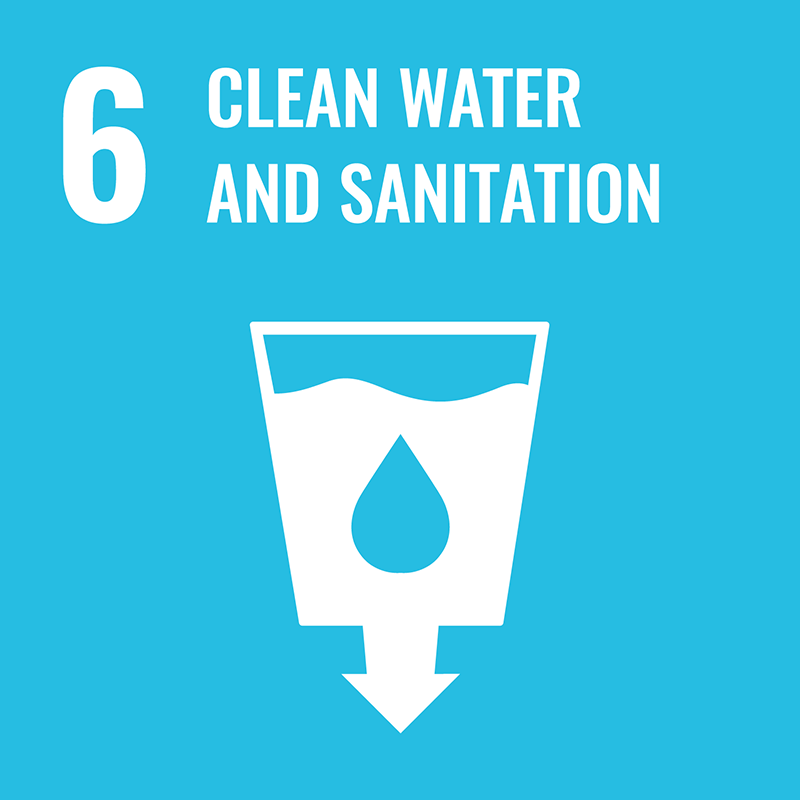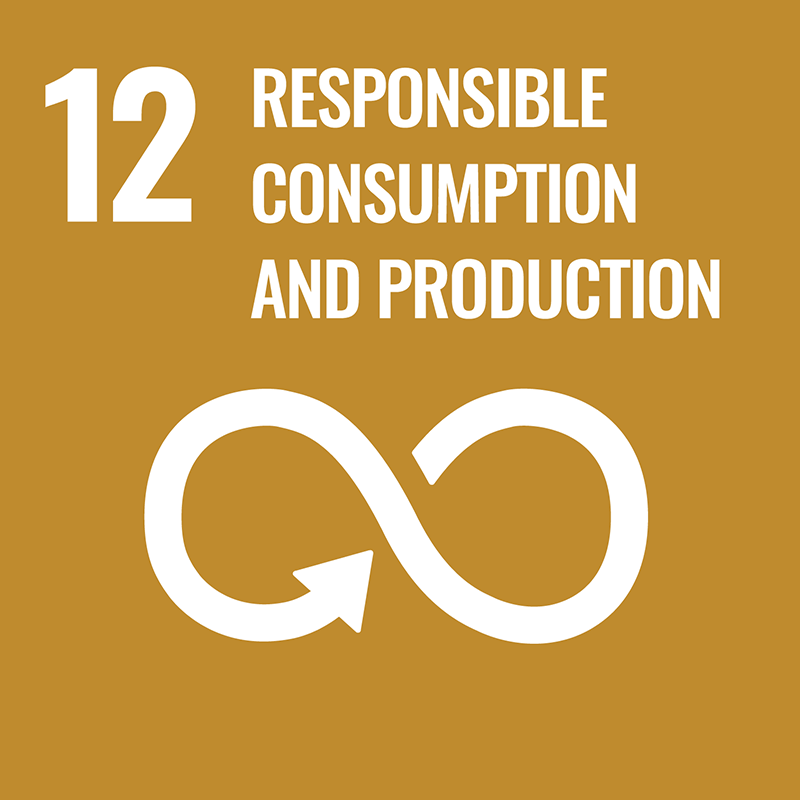The Issue of Water Scarcity for Industrial Producers
Fresh water is essential to industry, but for many producers it is scarce and costly access. With climate change, tightening regulations, and other evolving challenges at play, the issue of water scarcity is becoming increasingly acute.
Drought, climate change, and industrial overuse can deplete local water resources.
Water is used for cleaning, lubrication, and cooling — there is no viable substitute for industry.
Competition for local water resources can cause tension between industrial producers and local communities.
Many industrial producers are under pressure from tightening regulations.
Seawater Desalination as a Solution
Desalination is an established technology that can deliver unlimited water to co-located coastal industry. The process can be energy intensive, but this can be mitigated through renewable PPAs or onsite energy installations. And salt waste must be managed correctly to avoid pollution.
How Saltwater Desalination Works
Project Sarroch
Asset: Seawater Desalination Plant
Location: Sardinia
Production: 12,350m3 of water a day
Fresh water is in short supply in Sardinia. The Resonance Industrial Water Infrastructure (RIWI) Fund invested in onsite desalination for a power plant in Surroch.
The desalination plant replaced another using evaporation processes with a much higher demand for energy. The new plant delivers significant energy cost savings.
With a total footprint of approximately 1,260m2, it is the largest desalination plant for industrial use in the Mediterranean.








